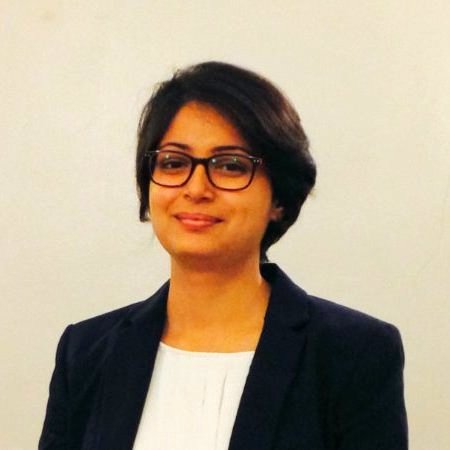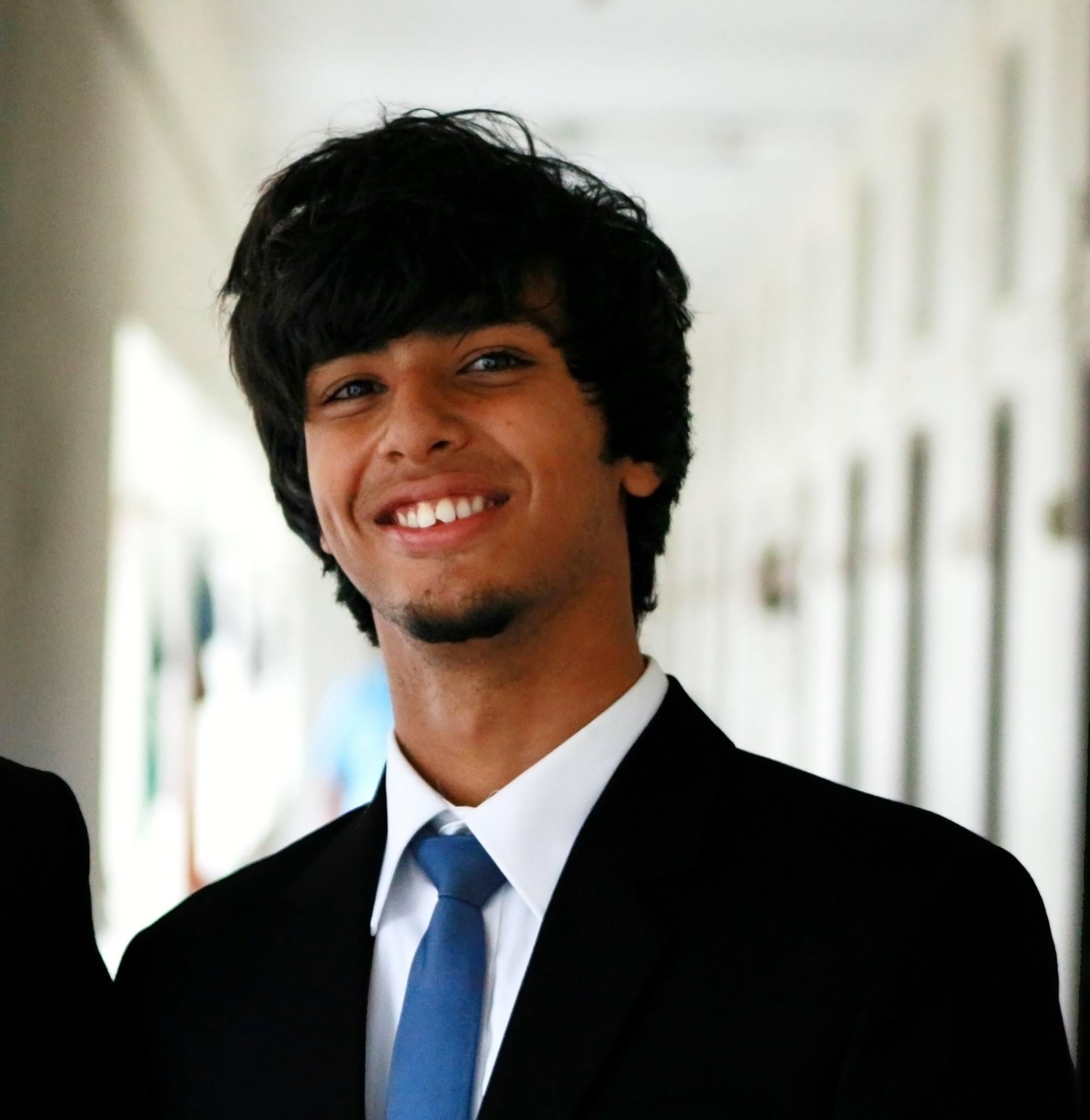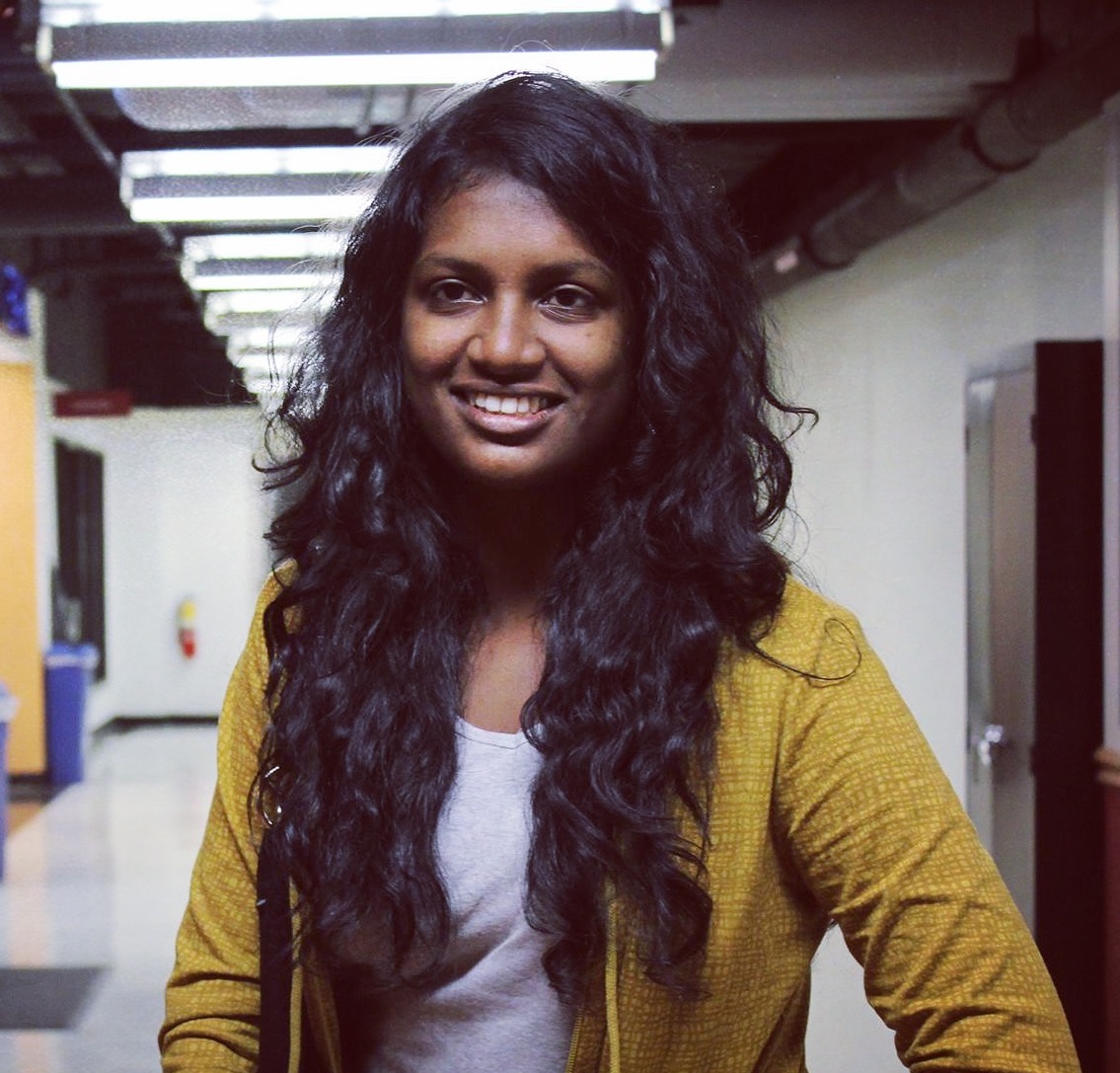

Our problem statement is inspired by the challenges faced by FMC Technologies Schilling Robotics personnel while docking their Remote Operated Vehicle (ROV) to the Tether Management System (TMS). The ROV detaches and deploys from the bottom of the TMS when the system is at depth. The TMS is negatively buoyant and is suspended from a ship. As the ship heaves on the surface of the water, the TMS heaves up and down with a slight lateral motion. ROV Operators must dock and latch the ROV to the underside of the moving TMS prior to resurfacing. This can be very challenging for even experienced operators. Collisions frequently damage the ROV and TMS. The tether is sometimes squeezed between the ROV and the TMS, which degrades the communication and power supply between the TMS and the ROV. At times, the tether breaks and the ROV falls to the bottom of the seabed resulting in the need for another ROV to be deployed to bring it back.
Through this project we will demonstrate the autonomous docking and undocking of a quadcopter from the underside of a suspended moving platform. This model will approximate the subsea system of ROV and TMS, complete with determining the safe conditions to dock and providing mechanical latching system that minimizes the forces between the quadcopter and the platform.

Aishanou has a bachelor’s degree in Electrical and Electronics engineering. Passionate about robotics, she has a diverse experience ranging from design of exoskeleton for teleoperation of a Kuka Robot to extraction of text from scene images

Rushat has a bachelor’s degree in Mechanical Engineering. He served as the captain for an SAE Aerodesign student team for 2 years and specializes in design and manufacturing/prototyping with wood, metal and carbon fiber composites.

Bishwamoy has a Bachelor’s degree in Computer Engineering with a minor in Computer Science from Virginia Tech. He is adept in software development, FPGA prototyping, control systems, and computer vision. Having kick-started the Electric Formula team at Virginia Tech and interned as a Systems Engineer at Near Earth Autonomy, he is experienced in the Product Design Process. His interest lies in changing the world through Autonomous Solutions that satisfies a need.

Keerthana has a bachelor’s degree in Electronics and Communication Engineering. She has experience in working with self sensors while working as a Research Associate in NIT Trichy after graduation. She has worked on Quadcopters, manipulator arms, snake robots and she wants to work with a lot more. She aspires to solve real world problems through robotics and produce change in a massive scale.

Paul Calhoun spent three years working for the US Navy as a project lead in the SEWIP program. He has a bachelor’s in Electrical Engineering and Operations Management, is a published science fiction author, a panelist and moderator at several science fiction and anthropomorphics conventions, and seeks to hasten the dawn of the transhuman era. As part of this effort, he is working on human robot interaction and integration, having recently finished teaching a Baxter to dance and is preparing a cybernetic augmentation project. Know more…
Copyright 2015 | Master of Science - Robotic Systems Development Program Projects
The Robotics Institute is part of the School of Computer Science, Carnegie Mellon University.